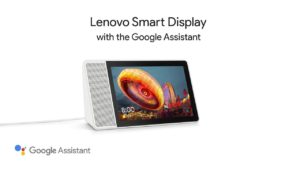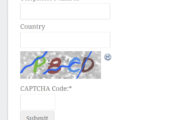Article
Lenovo to Send Out Update to Smart Displays That Has All the Google Home Hub Goodies | Droid Life
Lenovo updates Smart Display with Google Home Hub features | Engadget
From the horse’s mouth
Lenovo
New features coming to Smart Display (Oct 22nd) {Forum Post – Press Release)
My Comments
Google recently launched their Home Hub smart display which is a “first-party” effort to offer more that what their Google-Assistant-based third-party smart displays offer.
This included multiroom audio functionality with Google’s Chromecast, Home smart speakers and other similar devices; Live Album display for the Google Photos application; tight integration with the Nest Hello smart doorbell; a dashboard user interface for your compatible Internet-of-Things devices on your home network; amongst other features.
But they have started rolling out extra software code to third-party Smart Display manufacturers to open up these extra features to their Google-based smart-screen devices. The first of these to benefit from this update are the Lenovo Smart Displays which will benefit from a firmware update (version 3.63.43) to be rolled out from October 22nd 2018.
The firmware will be automatically updated in your Lenovo Smart Display and you can check if it is updated through the Settings menu. Here, you have to “swipe up” from the bottom of your Lenovo Smart Display’s screen to expose the Settings icon, which you would tap to bring up the menu.
The question that will surface for others with similar Google-based smart displays like the JBL Link View would be if and when the display’s manufacture will roll out the firmware update for their devices. It is something that is similarly happening with the Android mobile-device platform where the Google first-party devices have that latest software updates and features first while third-party devices end up with the software a few months later. This is ostensibly to allow the device manufacturer to “bake in” their user interface and other features into the package.
But could the Google-based Assistant / Home platform simply end up as the “Android” for voice-driven smart-display devices?



